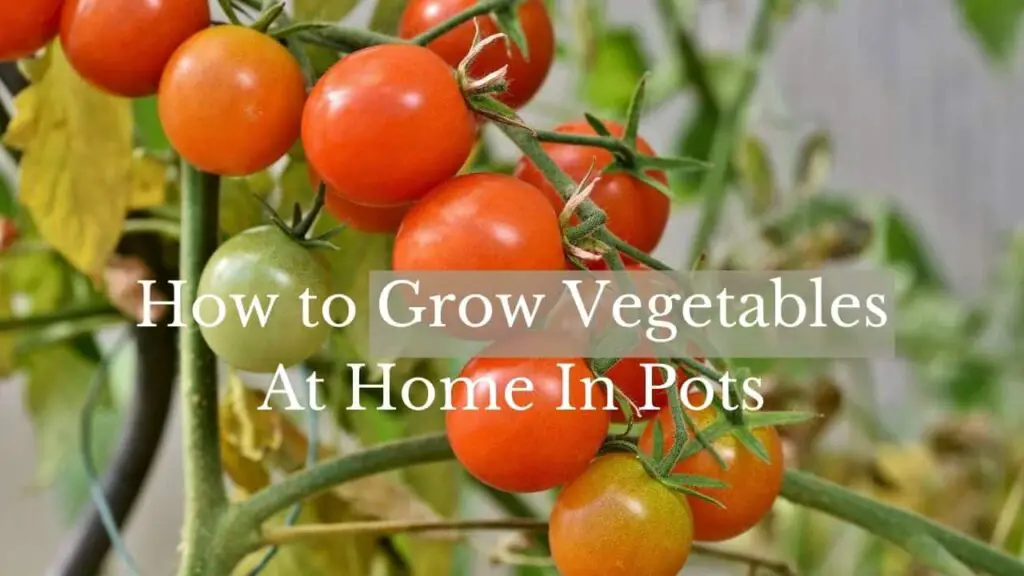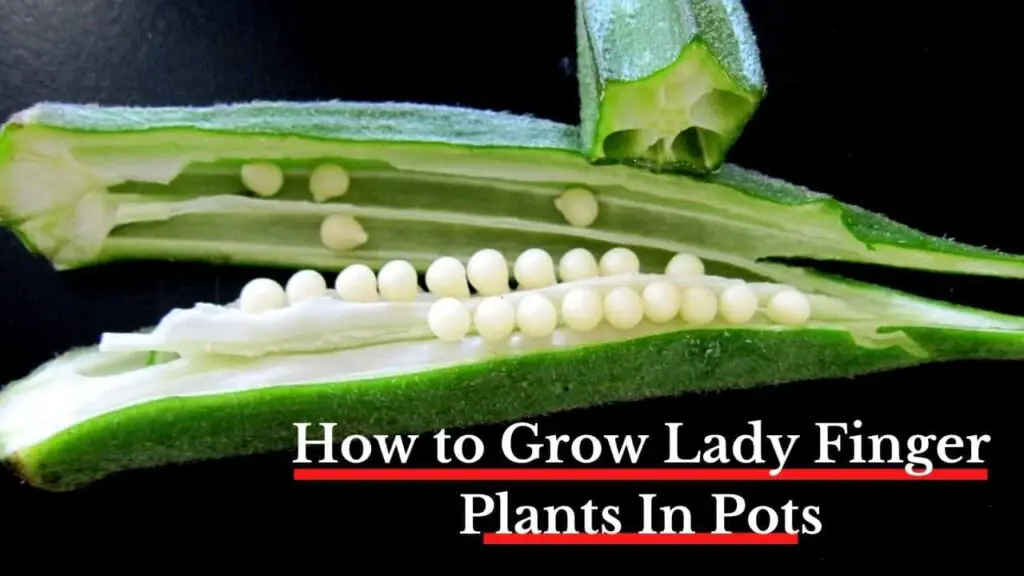Since the introduction of Grow Bags, urban gardening has become trouble-free.
Now, any space in your house/flat that gets a little amount of sunlight can be utilized to grow food.
But to decide what size grow bag is required for a particular vegetable is a tough ask, this is what I am going to make easier for you today.
I have made a grow bag size chart for vegetables, so that you can easily find out which one you want.
As every plant has a different size to which it grows and thus requires specific sized grow bags.

When you are starting, you have no idea what size grow bag is ideal for the vegetable you are trying to grow.
I have been growing different types of vegetables in grow bags for years now and have a good knowledge on what size is fit for specific vegetables.
But this was not the case during my initial days:
I have faced a similar situation in the past, when I had no idea about the grow bag size & ended up doing all the hard work (getting a grow bag, filling it with soil, sowing the seeds, caring for it) only to find out that I bought a wrong sized grow bag and everything went in vain.
I do not want you to go through the same.
For that very reason I have created this:
Grow Bag Size Chart For Vegetables India
So, that you exactly know:
What Size Grow Bag You Should Use For Different Vegetables
| Vegetables And Fruits | Grow Bag Size | Where To Buy |
|---|---|---|
| Leafy Vegetables ( Coriander, Methi, Spinach, Lettuce) | 61 x 30.5 x 22.9 cm (L*W*H) | Get it from here |
| Tomato, Lady Finger, Brinjal, Green chillies, Capsicum, Potatoes | 24*24*40 cm (L*W*H) | Here is the Best One |
| Bottle Gourd(Lauki), Bitter Gourd (Karela) and (Lemon, Curry leaves) | 61*61 cm ( 24*24 inch) | Best in The Category |
| Microgreens | 15*7 cm | Here is a link to it |
| Fruits ( Papaya, Banana, Pomegranate) | 91*91 cm (extra large) |
Here as you can see:
Leafy vegetables doesn’t require grow bag with long depth as their roots are very shallow, so getting a wide container is best for them. As wider the container more seeds you can sow and enjoy a lot of harvest.
24*24*40 cm is the standard sized grow bags and is used most of the time, as it suits perfect for many vegetables and fruit tree like tomatoes, green chillies, capsicum, lemon tree etc…

Now comes the creeper vegetables (bitter gourd), they require a much bigger grow bags as they tend to grow quite big, so a 24*24 inch grow bag is what they need.
Microgreens are baby version of vegetables, and are very nutritious, they can be grown in a very small container, hence a very small sized grow bag of size 15*7cm is good for them.
Lastly, all the big size fruit tree requires an extra large grow bags, you can grow banana, papaya and even guava.
Types of Grow Bags
- Plastic Grow Bags
The most common one, made of plastic that has been UV treated, least expensive. - HDPE ( High density Polyethene)
It is made up of HDPE which is a very high quality plastic used in tarpaulin, they are bit expensive but are most durable. - Fabric Grow Bags
Fabric grow bags allow the passage of air through them, they are breathable and doesn’t require any drainage holes, but they need more watering compared to others, least durable but looks stylish.
Why Grow Bags Preferred Over Plastic Pots
Grow bags are preferred over plastic pots for growing vegetables, fruits & herbs.
Because of their numerous advantages like:
- Air Pruning
- Light in Weight
- UV Protected
- Reduces The Risk Of Overwatering
- Unbreakable & Can be used again and again
How to Use Grow Bags?
Using a grow bag is no different than pots.
All you have to do is:
- Make potting soil according to the vegetable you are growing, make some holes at the bottom of grow bags ( if not already there).
- Fill the grow bag with soil, leaving 2-3 inches from the top.
- Now sow the seeds and keep the bag in either semi-shade or in direct sunlight (depending on the needs of the vegetable).
- Care for it and enjoy the harvest.
Articles You Should Read:
How to grow tomatoes at home
Growing Lady Finger In pots
Or checkout this vegetables gardening category
Frequently Asked Questions
Do grow bags need drainage holes?
Yes, grow bags need drainage holes, but most of the grow bags available these days come with pre-made drainage holes, but if yours doesn’t have any holes make sure to make a few holes at the bottom.
Which Vegetables Can You Grow in Grow Bags?
Almost every vegetable can be grown in grow bags. Just provide them the right type of environment and choose the right sized grow bag. Never overcrowd by sowing too many seeds if you are growing big vegetables.
Wrapping Up
I hope this article has helped you choose the right sized grow bag for the vegetables you are planning to grow.
If this article helped you make sure to help your friends and family members who are into gardening by sharing it with them.
Happy Gardening




